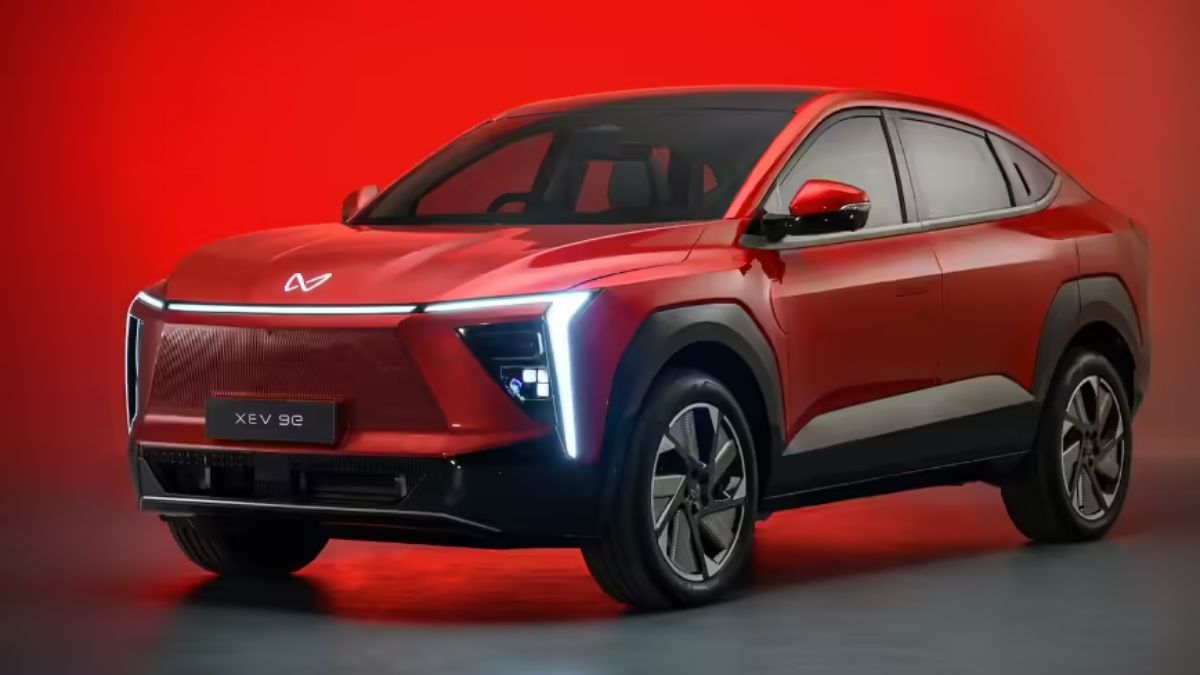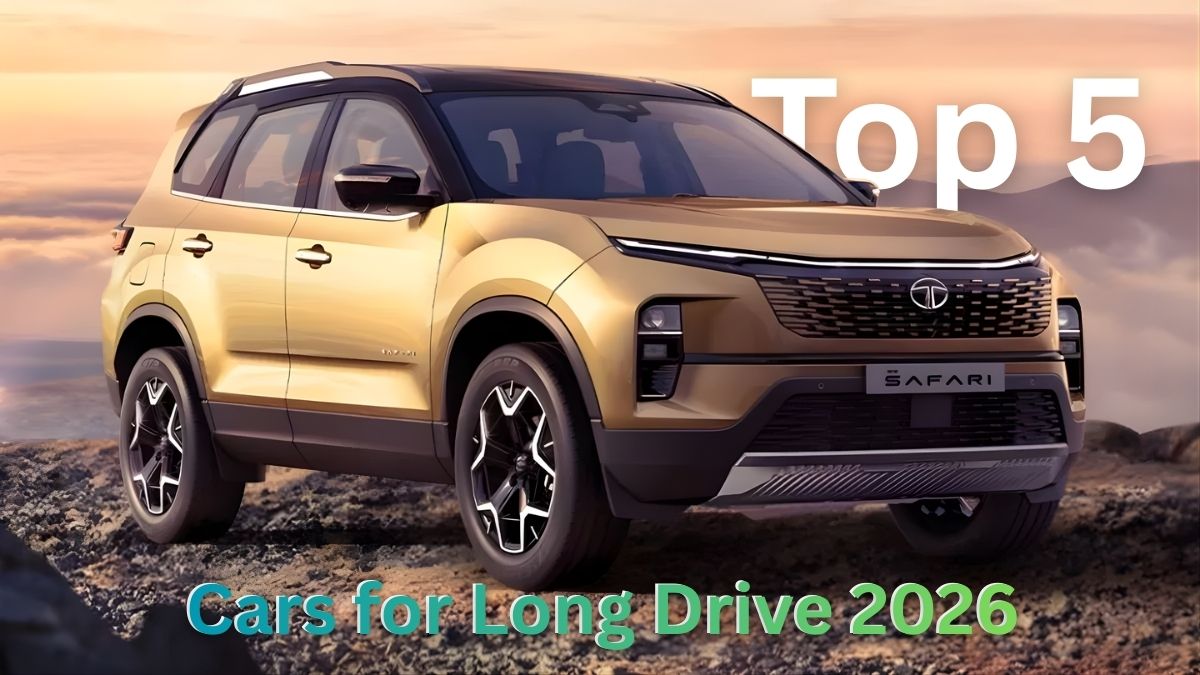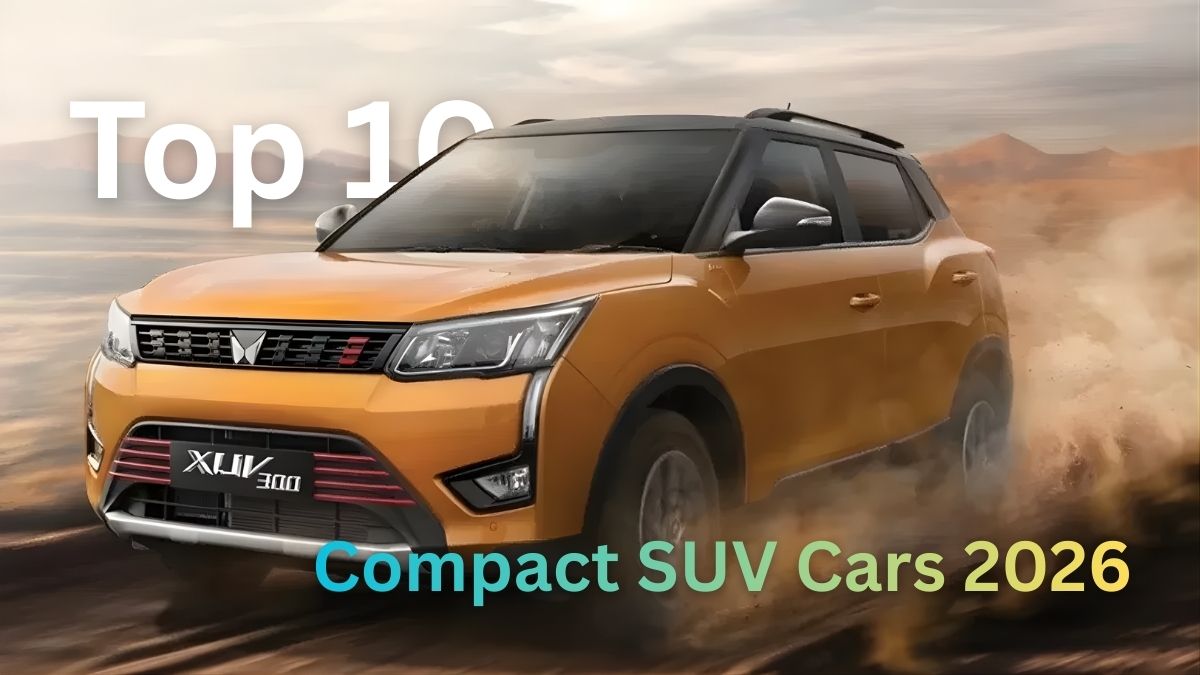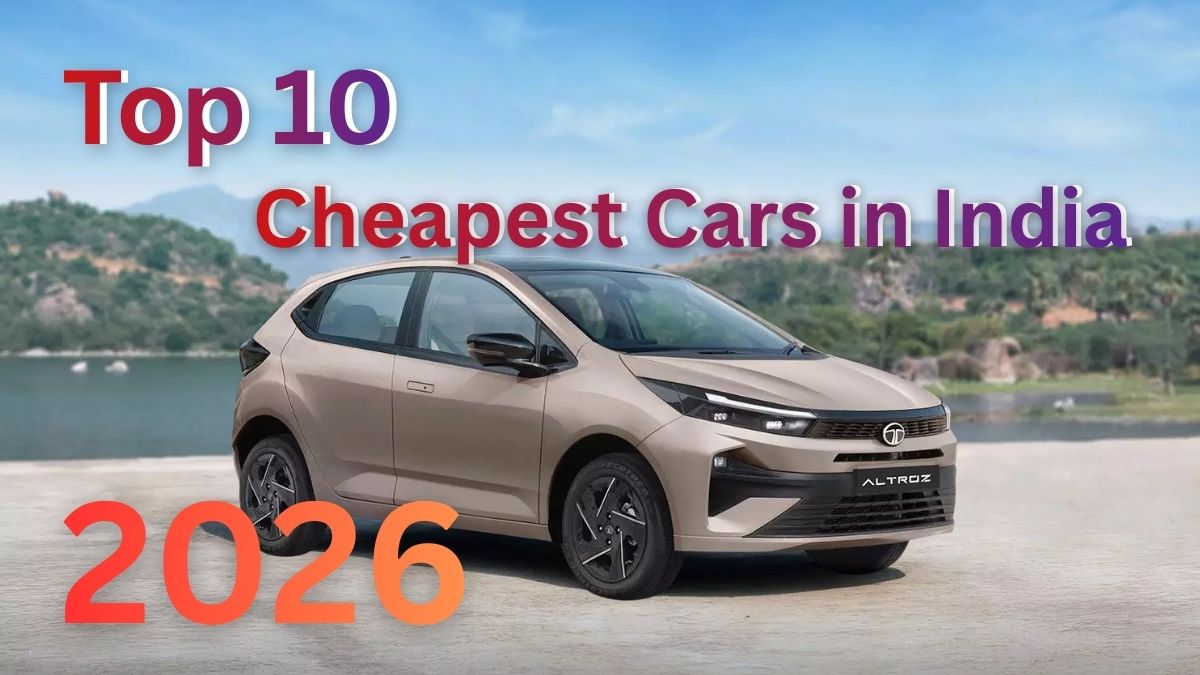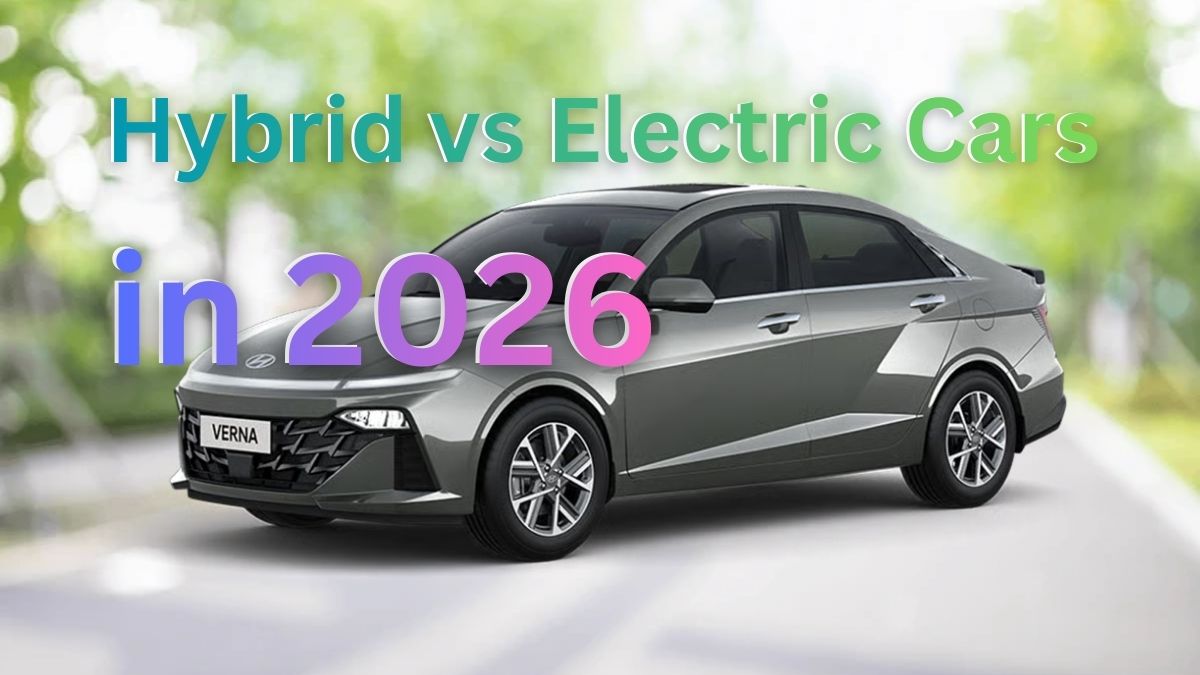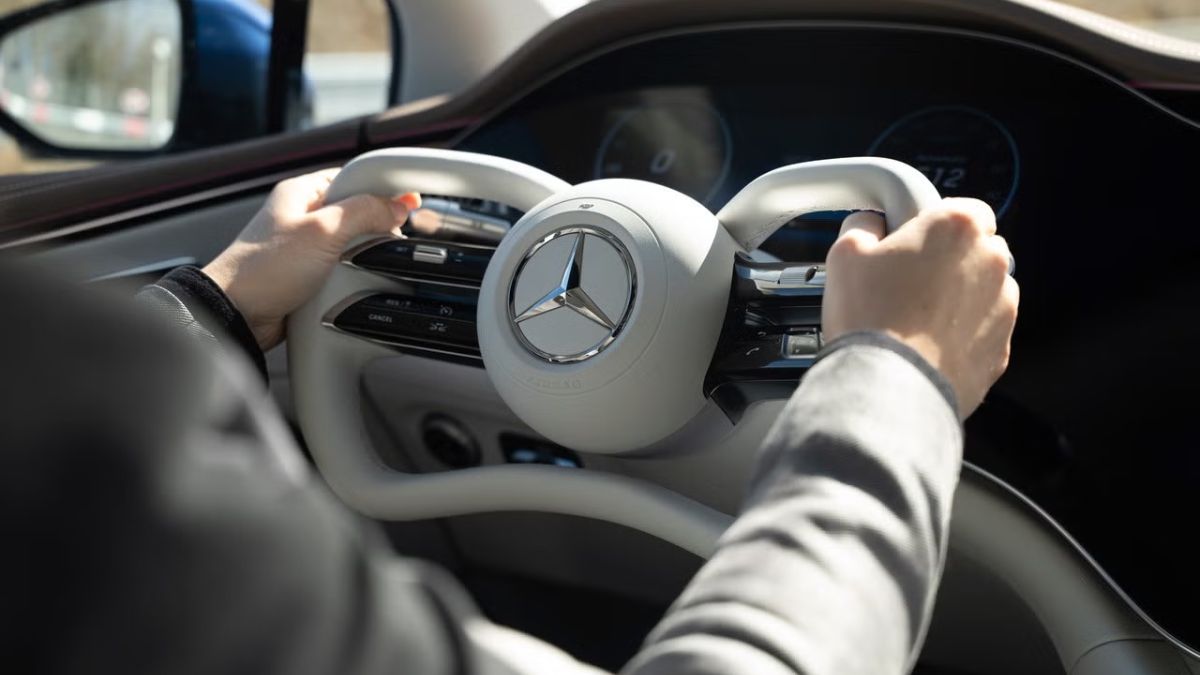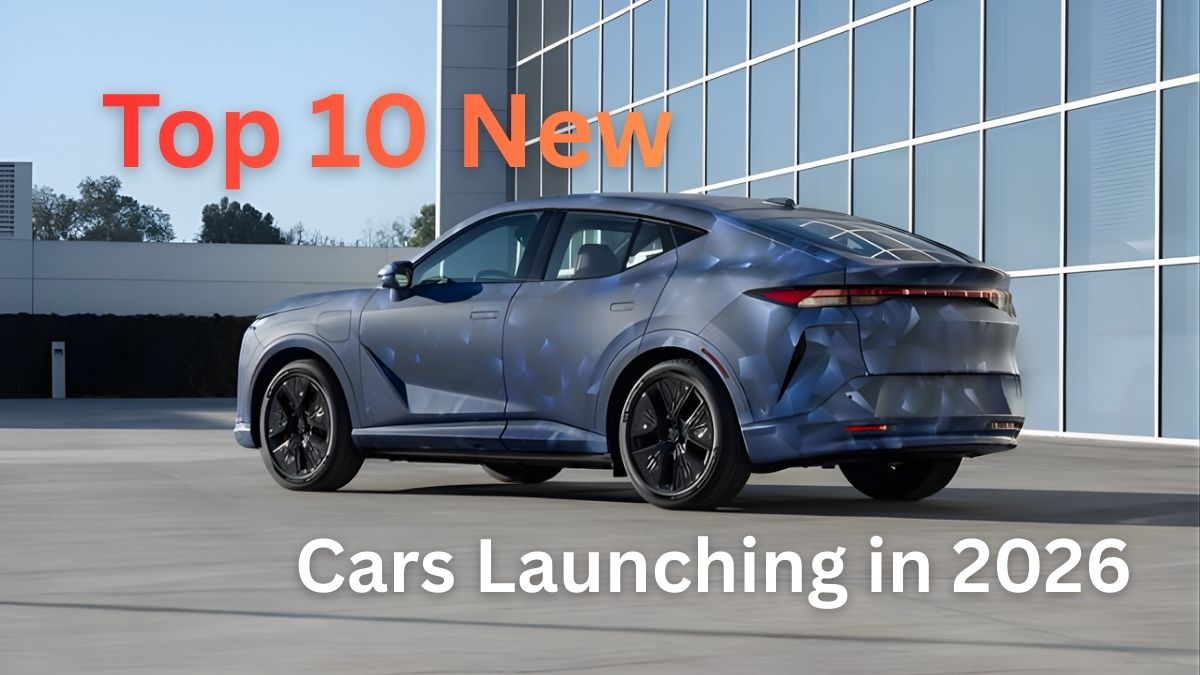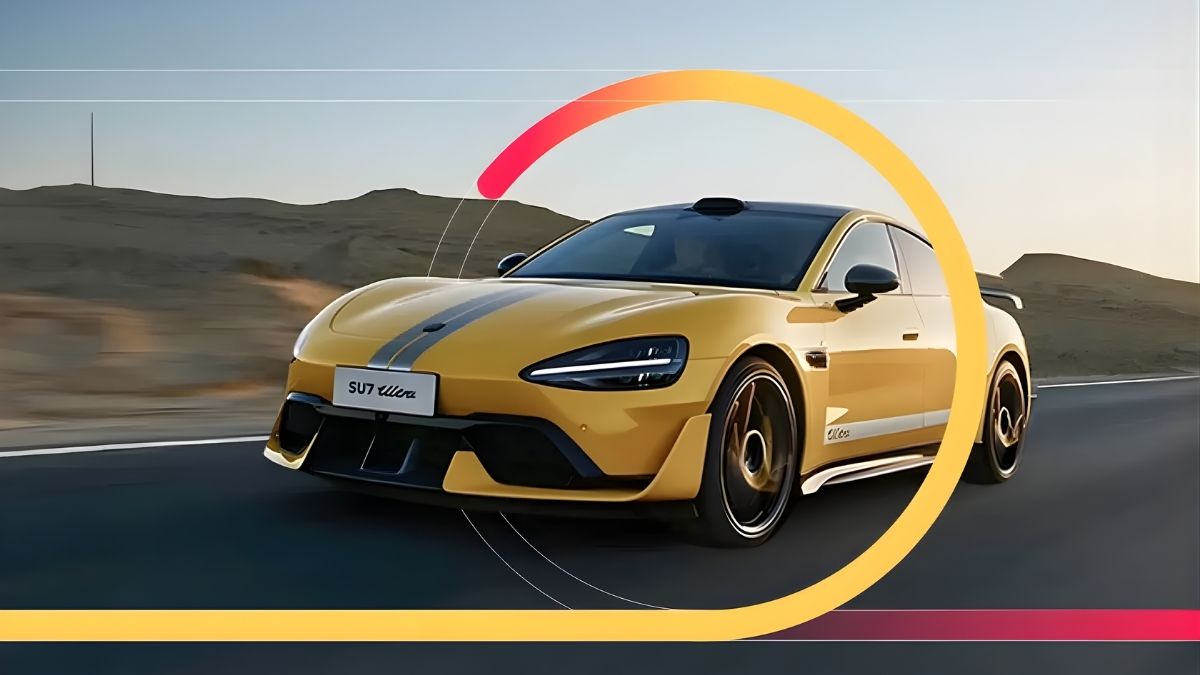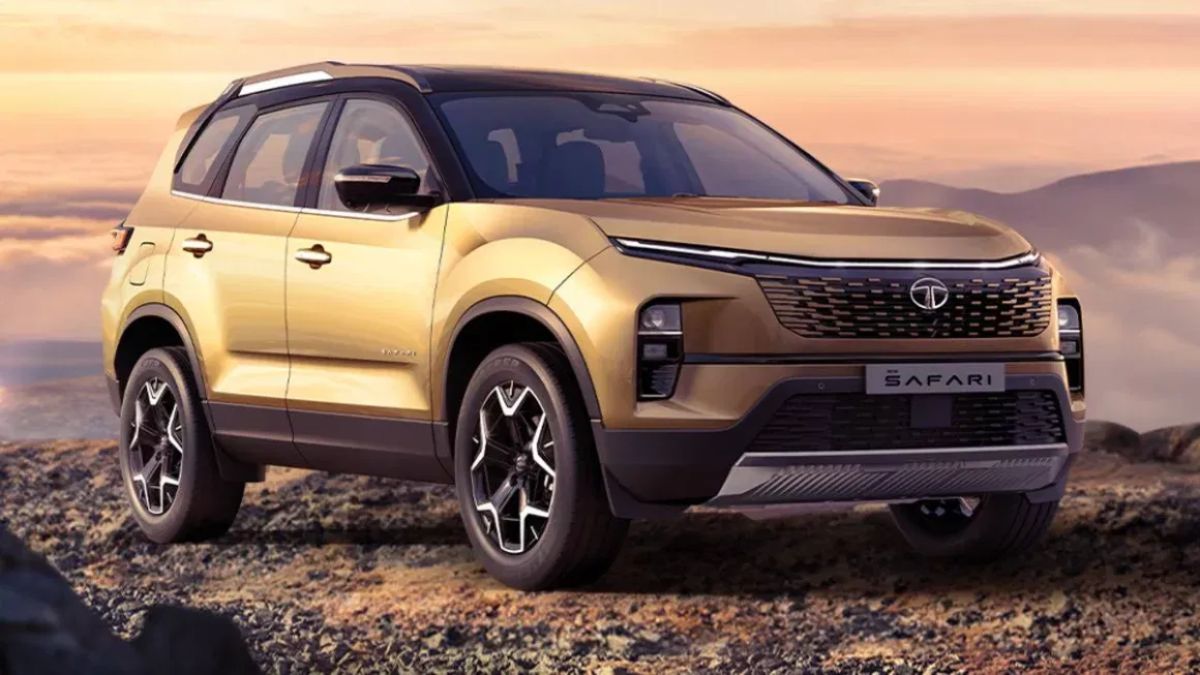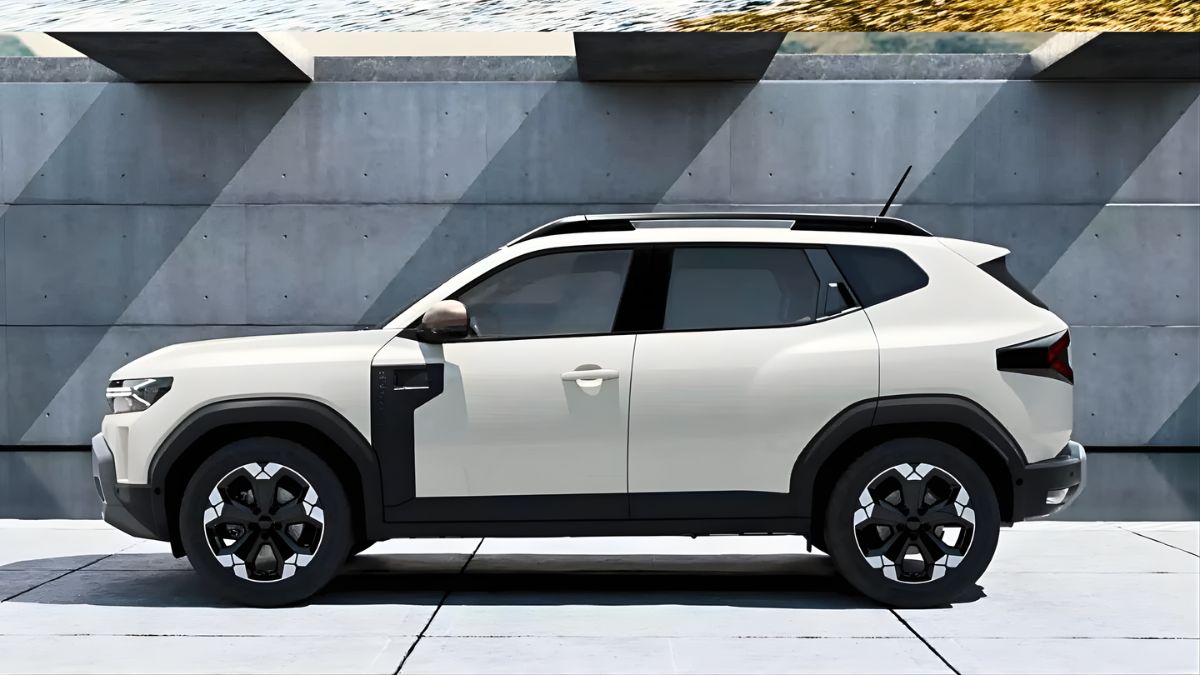Is India Ready for Electric Vehicles? A Comprehensive Analysis
- Electric-Cars
- 15 Jul, 2025
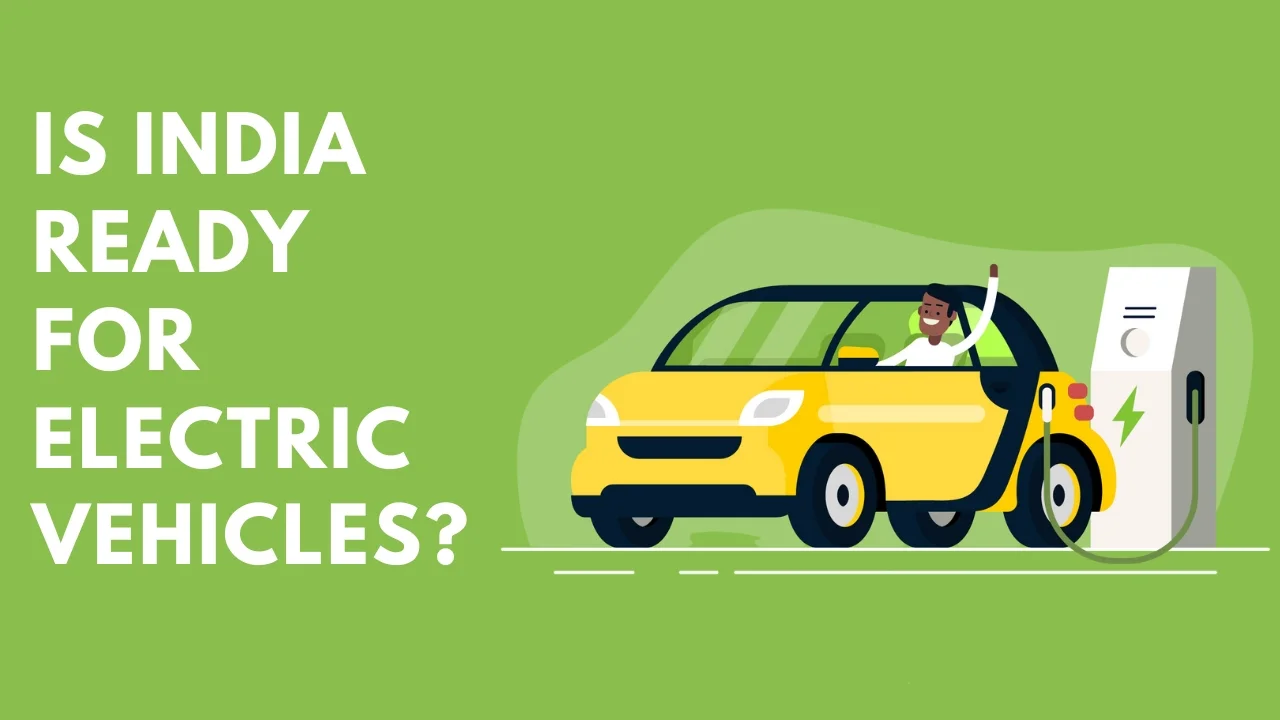
Electric Vehicles (EVs) have emerged as the centerpiece of global discussions on clean mobility and sustainable transportation. With growing concerns about air pollution, fuel imports, and climate change, India has set ambitious goals for transitioning to electric mobility. But the question remains — is India truly ready for electric vehicles?
This comprehensive analysis dives deep into the growth, policies, challenges, consumer trends, infrastructure, and future of EVs in India.
EV Sales Growth in India (2020-2025)
The Indian EV market has witnessed remarkable growth, especially in the last five years.
- 2020-21: Amid the pandemic, India still registered over 1.3 lakh EV sales, primarily led by electric two-wheelers and three-wheelers.
- 2021-22: Sales crossed 3.2 lakh units, a nearly 140% growth. Two-wheelers dominated with companies like Ola Electric, Ather, and Hero Electric leading the charge.
- 2022-23: EV sales surged past 10 lakh units, driven by increasing consumer interest and new product launches.
- 2024-25 (estimated): The industry expects sales to touch 15 lakh units, with more players entering the market and state subsidies continuing.
EV adoption is highest in the two-wheeler and three-wheeler segments, which account for nearly 90% of EV sales in India.
Government Policies & Initiatives for EV Adoption
India’s EV journey is heavily supported by policy interventions. Some major initiatives include:
- FAME II Scheme: The Faster Adoption and Manufacturing of Electric Vehicles (FAME-II) scheme, launched in 2019, with an outlay of ₹10,000 crore to subsidize EVs and charging infrastructure.
- PLI Scheme: Production Linked Incentive (PLI) schemes to boost local manufacturing of advanced batteries and EV components.
- GST Reduction: GST on EVs reduced from 12% to 5%, making them significantly cheaper.
- State EV Policies: States like Maharashtra, Delhi, Tamil Nadu, and Gujarat offer additional incentives like road tax exemption and purchase subsidies.
- Battery Swapping & Charging Policies: Draft policies encouraging battery swapping and standardized charging to make EV use easier.
These efforts show strong government backing to make EVs mainstream.
Challenges Facing Electric Vehicle Adoption in India
Despite the progress, several hurdles slow down India’s EV revolution:
- High Upfront Costs: EVs still cost 20-30% more than their petrol/diesel counterparts due to expensive batteries.
- Limited Range & Performance Anxiety: While improving, range concerns still deter many consumers.
- Battery Replacement Costs: Battery packs can cost up to 40% of the vehicle price, raising long-term ownership concerns.
- Lack of Skilled Workforce: Servicing EVs requires specialized training, which many local garages lack.
- Raw Material Dependency: India relies heavily on imports for lithium, cobalt, and nickel — essential for batteries.
Consumer Perception & Market Demand for EVs in India
The Indian consumer mindset toward EVs is evolving:
- Environmental Concern: Growing awareness about pollution is encouraging urban buyers to consider EVs.
- Fuel Savings: High petrol/diesel prices make EVs attractive for daily commutes.
- Youth Interest: Young buyers, especially in metros, are more willing to try new technology.
However, traditional concerns like resale value, charging availability, and long-distance capability continue to impact purchase decisions.
Infrastructure Readiness: Charging Stations & Power Supply
One of the biggest roadblocks for EV adoption is charging infrastructure.
- Charging Network: As of 2025, India has around 12,000 public charging stations, but this is far below the estimated need of over 1 million by 2030.
- Urban vs Rural Divide: Most chargers are clustered in top cities; smaller towns and highways still lack adequate infrastructure.
- Grid Capacity: India’s power sector needs upgrades to handle widespread EV charging, especially fast chargers that demand high loads.
- Home Charging: Many urban residents live in apartments with limited provision for installing private chargers.
Without a robust charging ecosystem, mass EV adoption will be challenging.
Future of Electric Vehicles in India: Predictions & Trends
Despite hurdles, the future of EVs in India looks promising:
- Projected Growth: By 2030, EVs could account for 30-35% of new vehicle sales, largely driven by two-wheelers and commercial three-wheelers.
- Battery Tech Evolution: Local manufacturing under PLI schemes and solid-state battery R&D could reduce costs and improve safety.
- New Business Models: Battery leasing and swapping could solve upfront cost and range issues.
- EV-Friendly Real Estate: Builders are incorporating EV charging provisions into new projects.
- Focus on Renewable Energy: Integrating solar and wind power to charge EVs can make them truly green.
The Indian automotive market is moving steadily toward electric — though it may take the next 5-10 years for large-scale adoption.
Conclusion
So, is India ready for electric vehicles?
The answer is — partially. The intent, policy framework, and consumer interest are all aligned, but challenges around infrastructure, battery costs, and technical ecosystem still need to be addressed. Over the next decade, with continued government support, private investment, and technological breakthroughs, India could very well emerge as a global leader in affordable electric mobility.
FAQs on Electric Vehicles in India
Q1. Will EV prices come down in India?
Yes. With local battery manufacturing, PLI incentives, and economies of scale, EV prices are expected to drop by 15-20% in the next few years.
Q2. Can I drive an EV on long trips across India?
Currently, long-distance EV travel is possible on select highways with chargers, but it’s still not as convenient as fuel stations. The situation is improving with more charging corridors.
Q3. Is charging an EV at home expensive?
Not at all. Charging an EV at home typically costs ₹1-1.5 per km, far cheaper than petrol or diesel.
Q4. What happens to EV batteries after their life?
Old batteries can be repurposed for energy storage or recycled. India is also setting up recycling units to recover valuable materials.
Latest Electric Car News
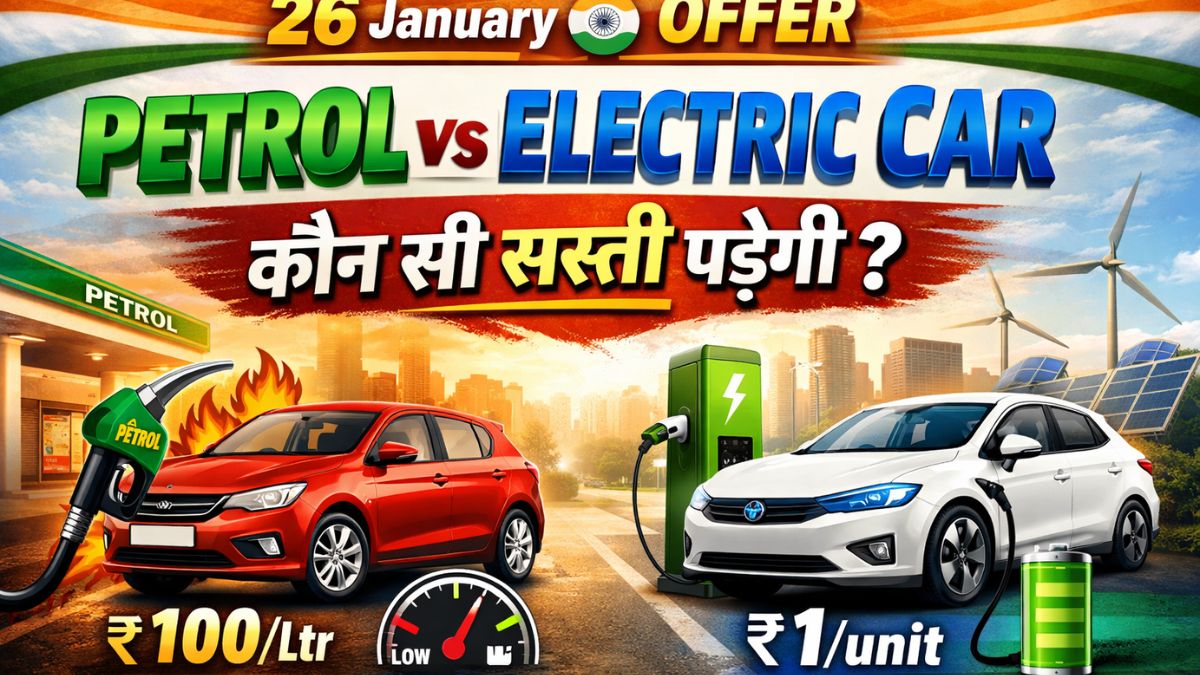
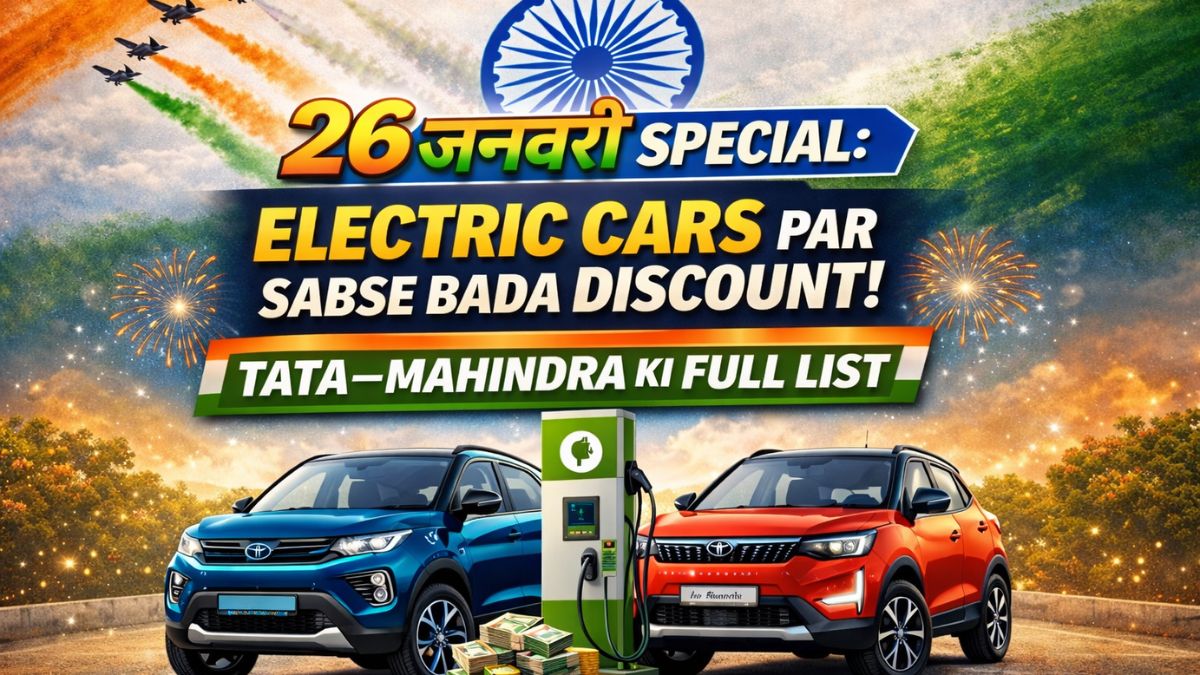
26 January Special: Biggest Discounts on Electric Cars – Full List of Tata & Mahindra Offers
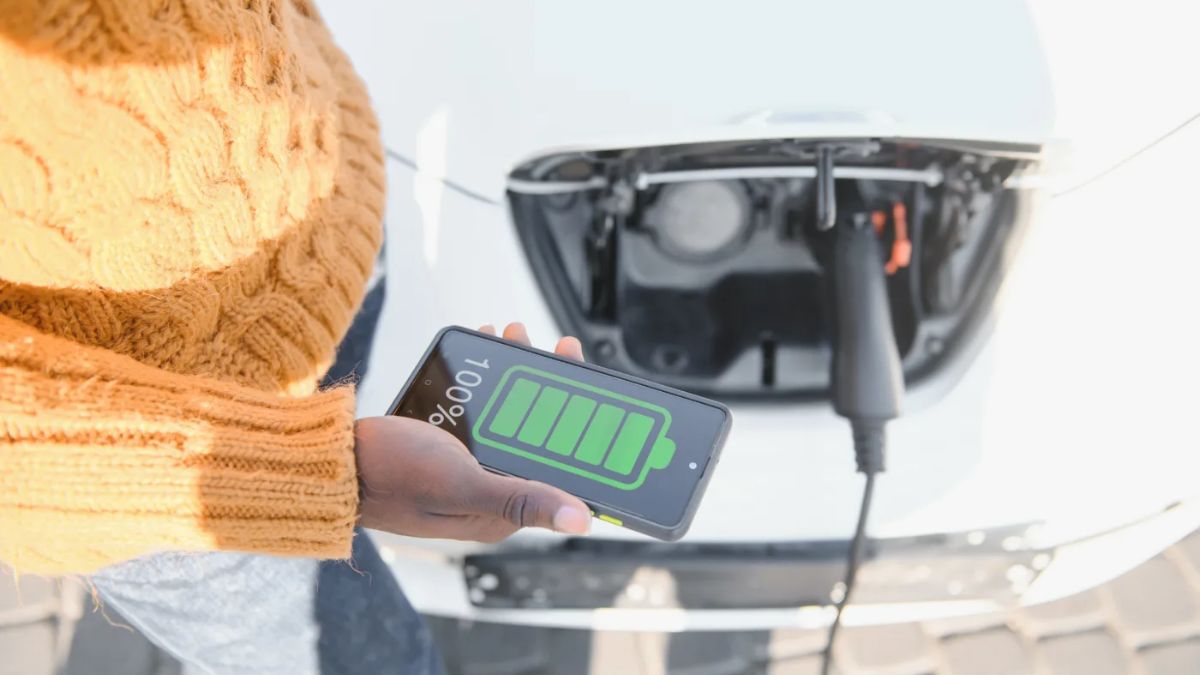
In 2026, Your Car Will Charge Faster Than Your Smartphone
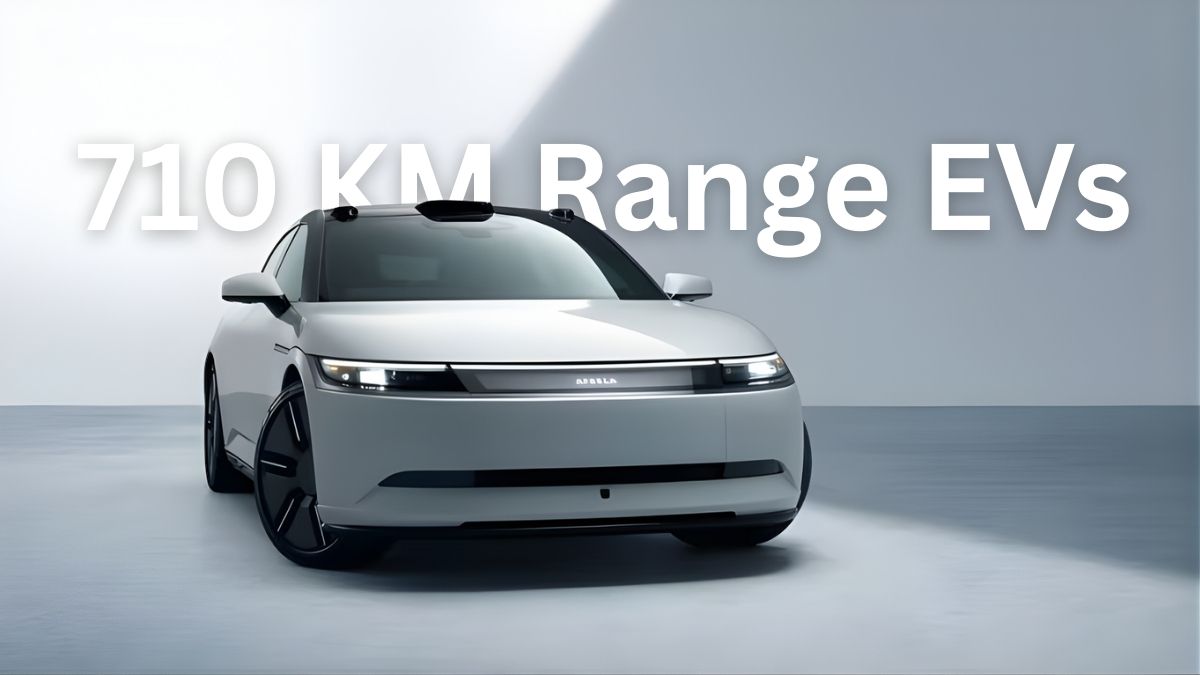
710 KM Range EVs Are Here: How Long-Range Electric Cars Will Change the Market in 2026

AI-Powered Cars to Dominate 2026: Why Automakers Are Shifting Focus from EVs to Smart Driving
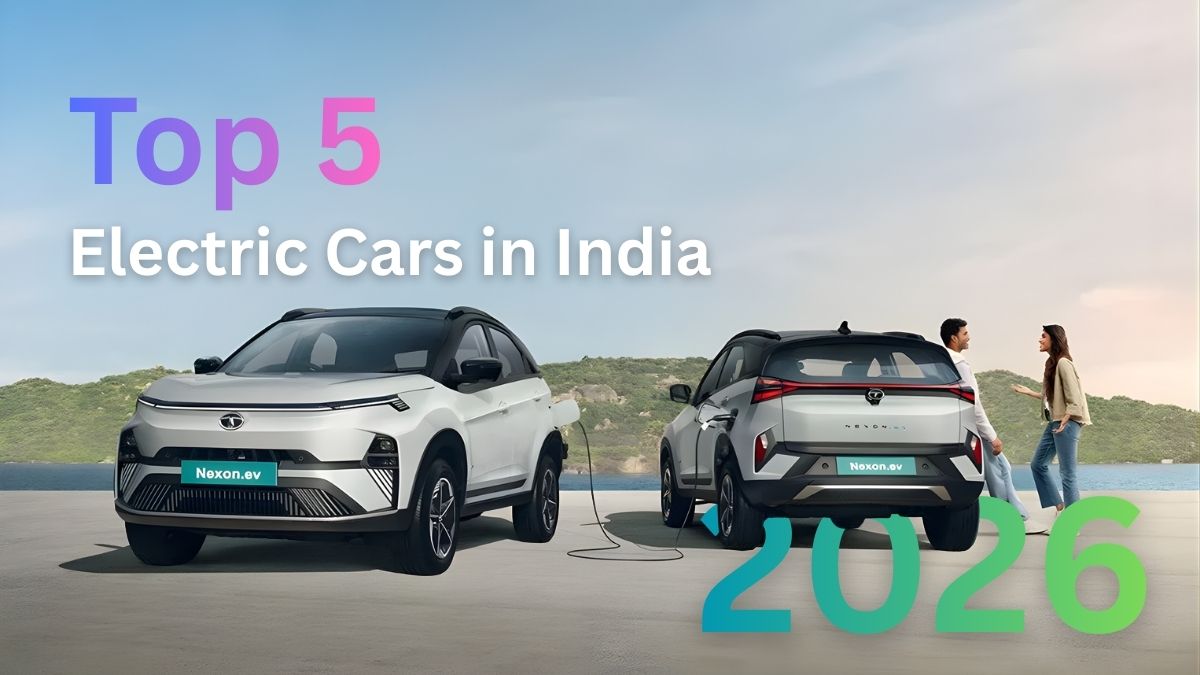
Top 5 Electric Cars in India 2026
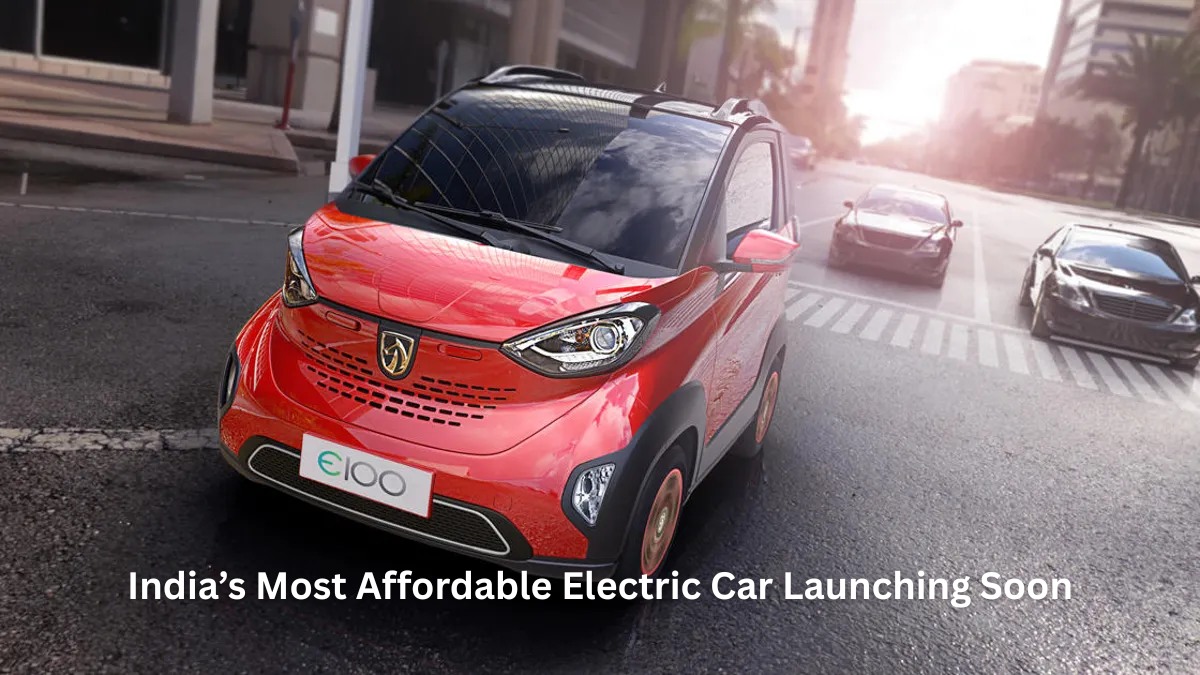
India’s Most Affordable Electric Car Launching Soon
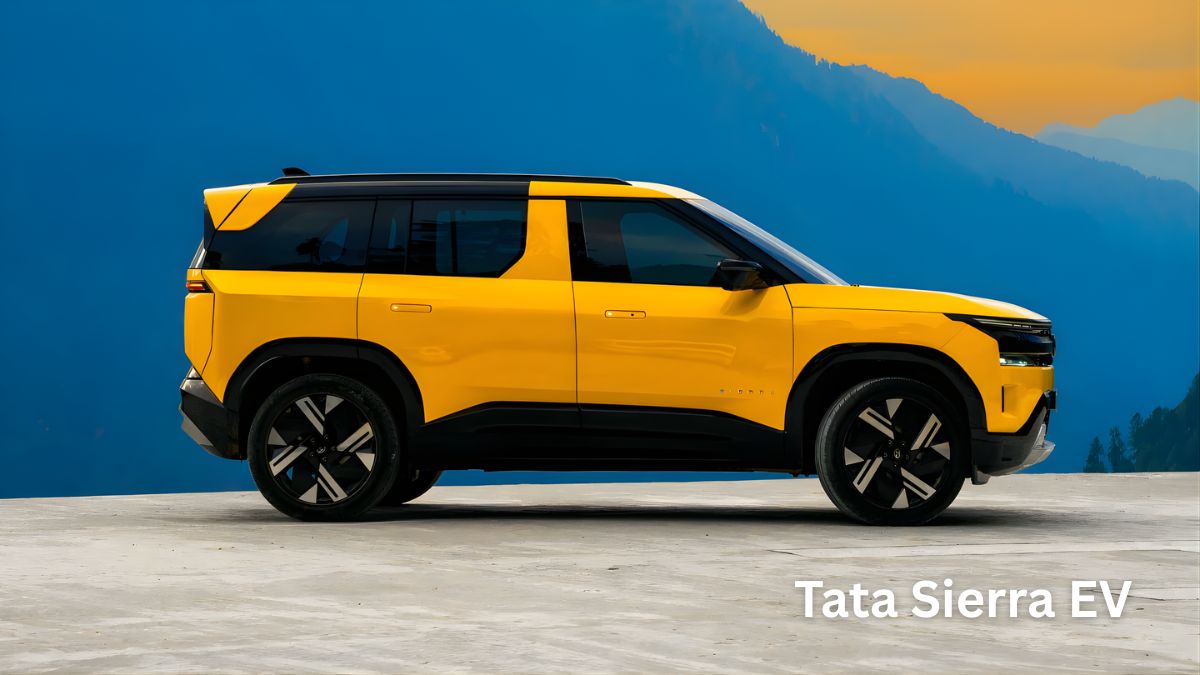
Tata Sierra EV 2026 India Launch: Design, Expected Price, Features and Tata’s EV Strategy
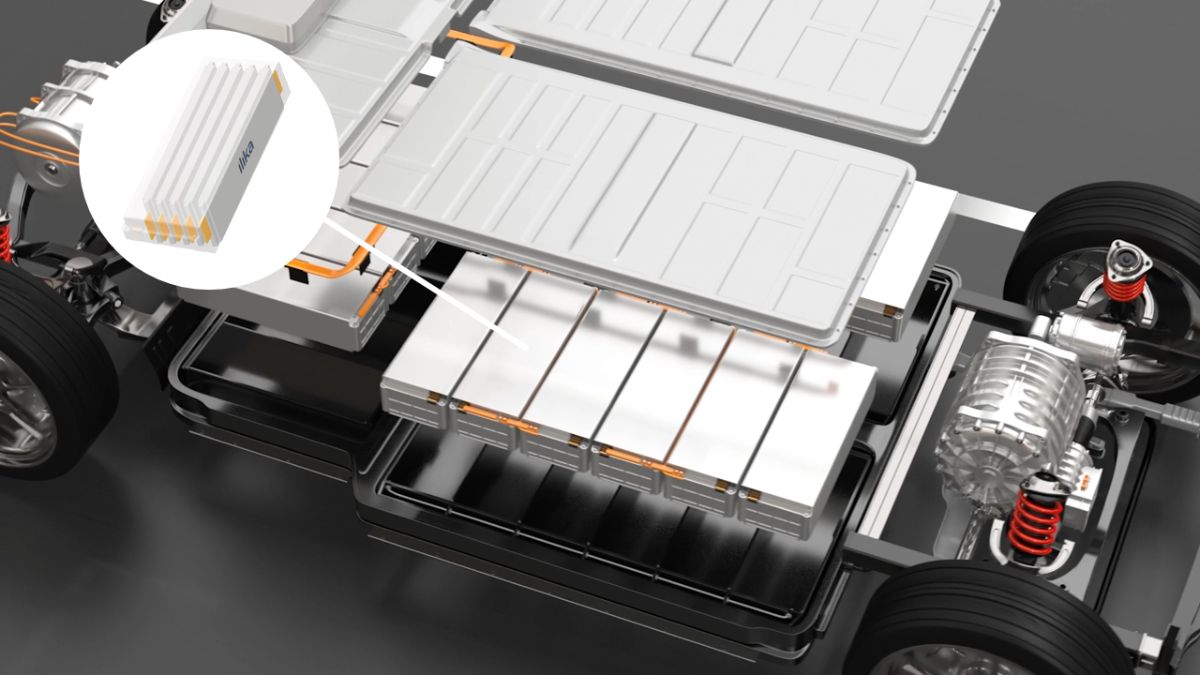
Charge Once, Drive 1000 KM: The Truth About Solid-State Batteries in 2026
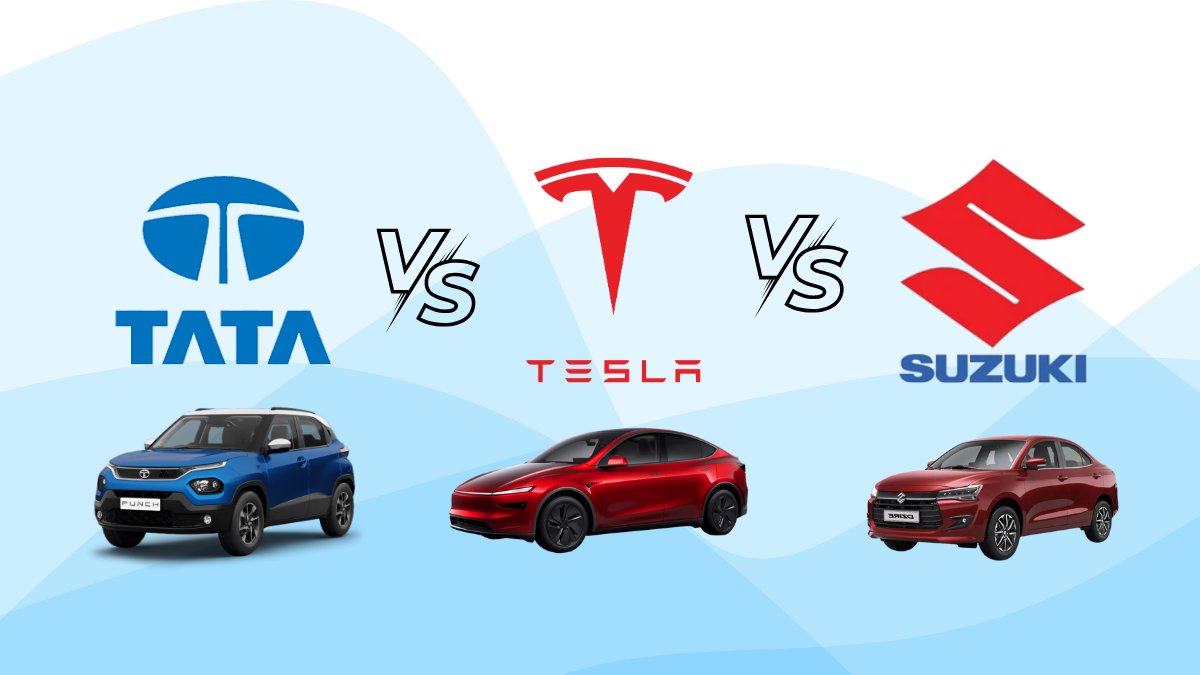
Which Will Be the Cheapest Electric Car in 2026? Tata vs Maruti vs Tesla
Which Will Be the Cheapest Electric Car in 2026? Tata vs Maruti vs Tesla
